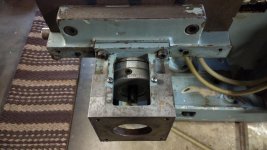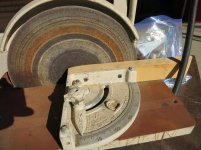Hi,
Can anyone lend some insight on how to make this knee mill happy with a fresh look to the bed. This is on my new to me fine iron Shizuoka ST-N (Japanese) that i am converting to Mach 3 low budget method, but in the meantime i think the mill would feel much better about life if it had a nice looking table. Perhaps the ways can use a nano hone (super sensitive to precisions surfaces).
The table isn't bad condition, lots of micro skuffs and darkness, from 37 yrs of usage.
Any good methods to make it look nice and not alter the surface planarity? I see some old BP's and think - how did they make the table look that nice!
Thx,
Paul
Can anyone lend some insight on how to make this knee mill happy with a fresh look to the bed. This is on my new to me fine iron Shizuoka ST-N (Japanese) that i am converting to Mach 3 low budget method, but in the meantime i think the mill would feel much better about life if it had a nice looking table. Perhaps the ways can use a nano hone (super sensitive to precisions surfaces).
The table isn't bad condition, lots of micro skuffs and darkness, from 37 yrs of usage.
Any good methods to make it look nice and not alter the surface planarity? I see some old BP's and think - how did they make the table look that nice!
Thx,
Paul


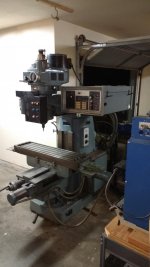


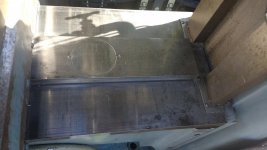


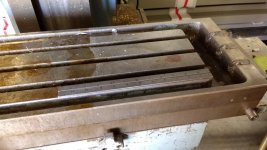
 It's just so much trouble to get it looking right, it's not worth it.
It's just so much trouble to get it looking right, it's not worth it. ![IMG_20171108_193701279[1].jpg](/forum/data/attachments/178/178691-bacf9d016abd0b9e1eca4b92c232b29a.jpg)
![IMG_20171108_193559748[1].jpg](/forum/data/attachments/178/178692-0e7e6855b70e4cd2a19a404ec272be4e.jpg)
![IMG_20171108_193542484[1].jpg](/forum/data/attachments/178/178693-705deaa0a743c830883f4a3c00b42c4b.jpg)

